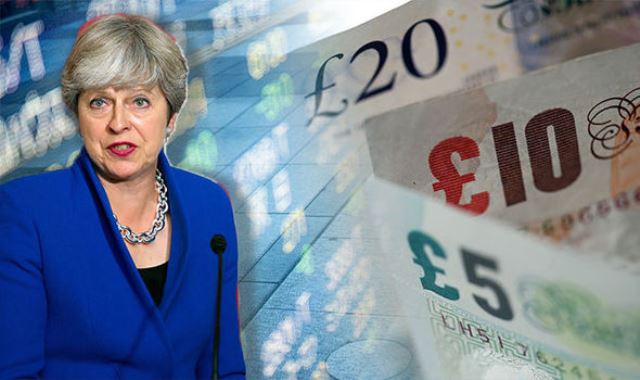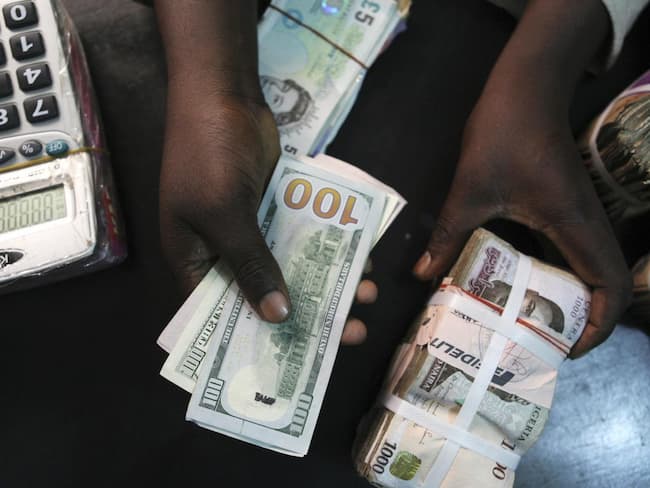Britain’s sterling held above $1.31 on Friday after recovering overnight when European Union leaders gave Prime Minister Theresa May a two-week reprieve to decide how Britain will leave the European Union.
Sterling had plunged towards $1.30 on Thursday in its biggest one-day fall of 2019 as fears mounted that Britain would crash out of the EU on March 29.
The EU has said Britain can have a short delay to Brexit, as requested by May, but she must first win parliamentary approval for her withdrawal deal that sets out the future relationship between London and its biggest trading partner.
May, however, has already lost two attempts to secure parliamentary support, and with the odds stacked against her for another vote next week the risk of a no-deal Brexit rose sharply.
The EU’s leaders have described the two-week extension as a “last chance” for Britain to secure an orderly Brexit.
“Last night’s move by the EUCO (European Commission) has lowered the immediacy of hard Brexit risk next week,” Nomura FX strategist Jordan Rochester said. “But no deal can still happen if Theresa May were to wish it, either next week or on 12th April.”
The pound was up 0.1 percent at $1.3117 by 0845 GMT, while its gains versus the euro were as high as 0.7 percent to 86.14 pence – largely on the back of weakness in the single currency following disappointing data out of Germany.
Franklin Templeton said on Friday there was a 30 percent probability of Britain crashing out of the EU without a deal – that is significantly higher than most bank forecasts of around 10 to 20 percent and no-deal Brexit odds have dived under 5 percent on Betfair’s exchange.
“We’d expect sterling to remain range-bound, with the latest headlines dictating its movement. It should be a similar story for UK government bonds. We’d expect gilts to remain quite well bid until we get more certainty,” said Franklin Templeton’s head of European fixed income, David Zahn.
Currency derivative markets signalled a growing caution for the pound, with one-month risk reversals on sterling versus the euro and the dollar plunging to multi-month highs.
So-called risk reversals, an indicator of how bearish or bullish investors are on the outlook of the currency, indicate that short-term negative bets on the pound are piling up rapidly despite the broader calm in the spot markets.
One-month risk reversals on the pound versus the euro plunged to their lowest levels since mid-2017. Against the dollar, bearish bets grew to their highest levels since September 2017, according to Refinitiv data.














